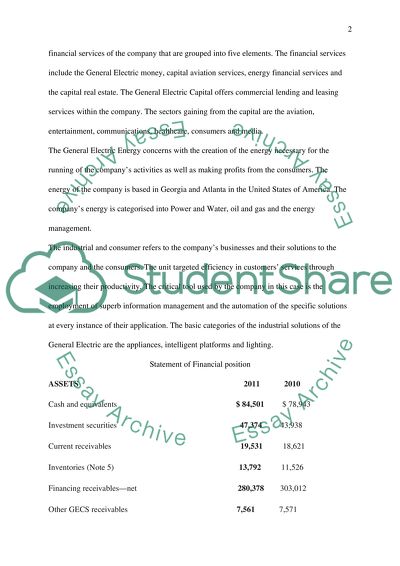Cite this document
(“General Electric Report Essay Example | Topics and Well Written Essays - 3000 words”, n.d.)
General Electric Report Essay Example | Topics and Well Written Essays - 3000 words. Retrieved from https://studentshare.org/marketing/1402989-general-electric-report
General Electric Report Essay Example | Topics and Well Written Essays - 3000 words. Retrieved from https://studentshare.org/marketing/1402989-general-electric-report
(General Electric Report Essay Example | Topics and Well Written Essays - 3000 Words)
General Electric Report Essay Example | Topics and Well Written Essays - 3000 Words. https://studentshare.org/marketing/1402989-general-electric-report.
General Electric Report Essay Example | Topics and Well Written Essays - 3000 Words. https://studentshare.org/marketing/1402989-general-electric-report.
“General Electric Report Essay Example | Topics and Well Written Essays - 3000 Words”, n.d. https://studentshare.org/marketing/1402989-general-electric-report.


